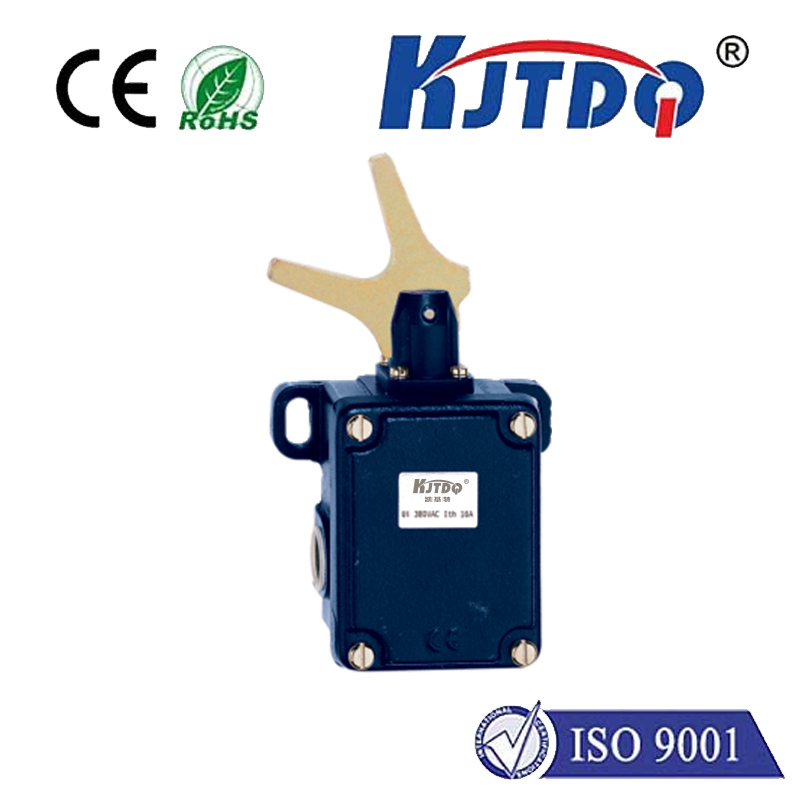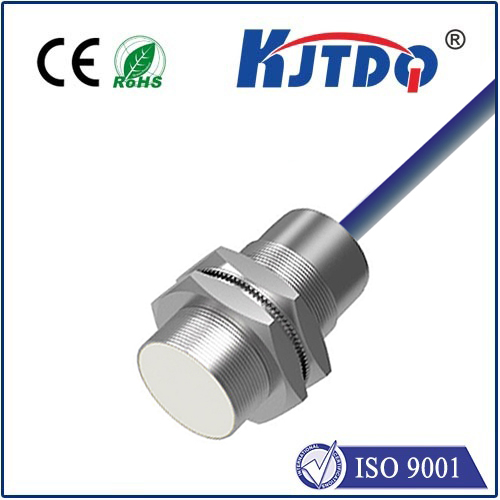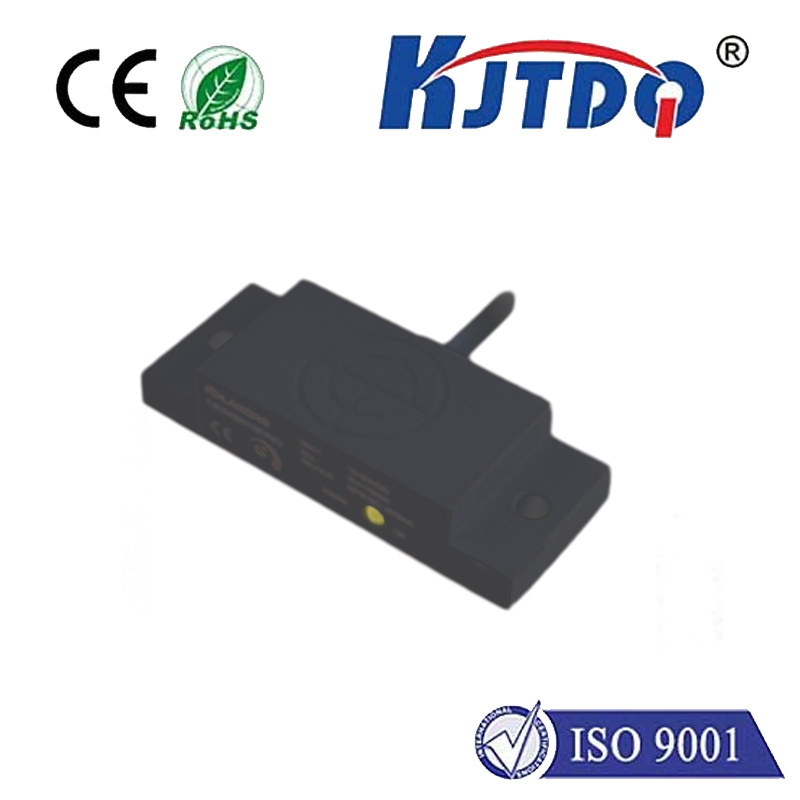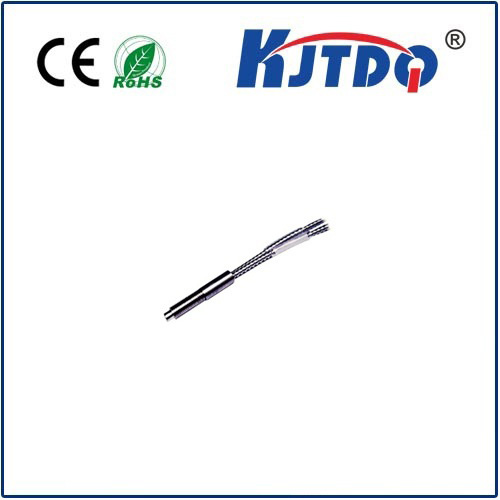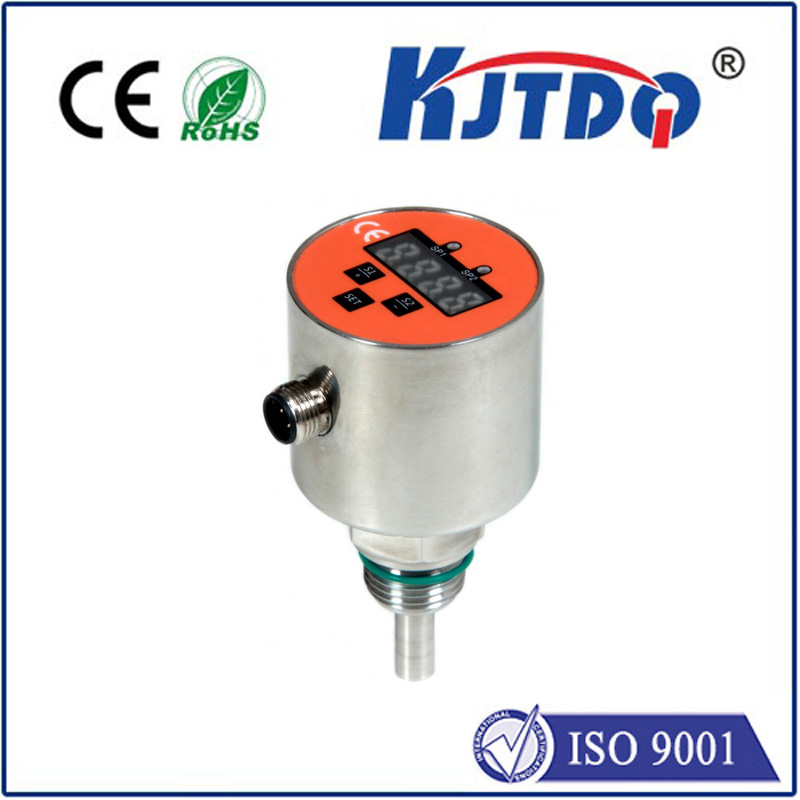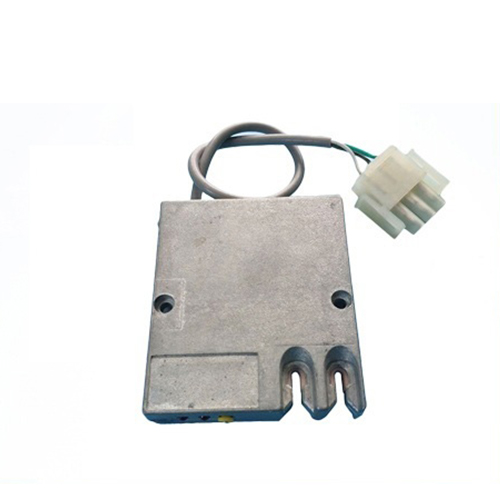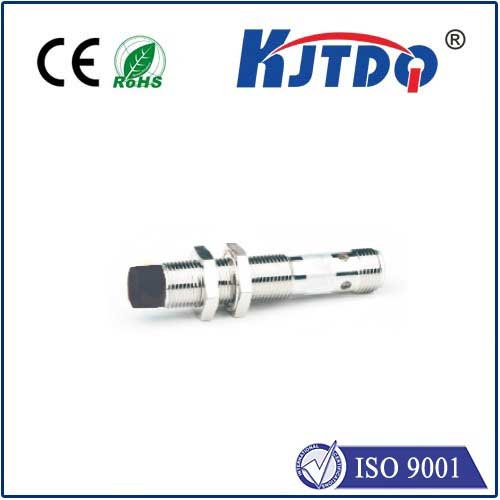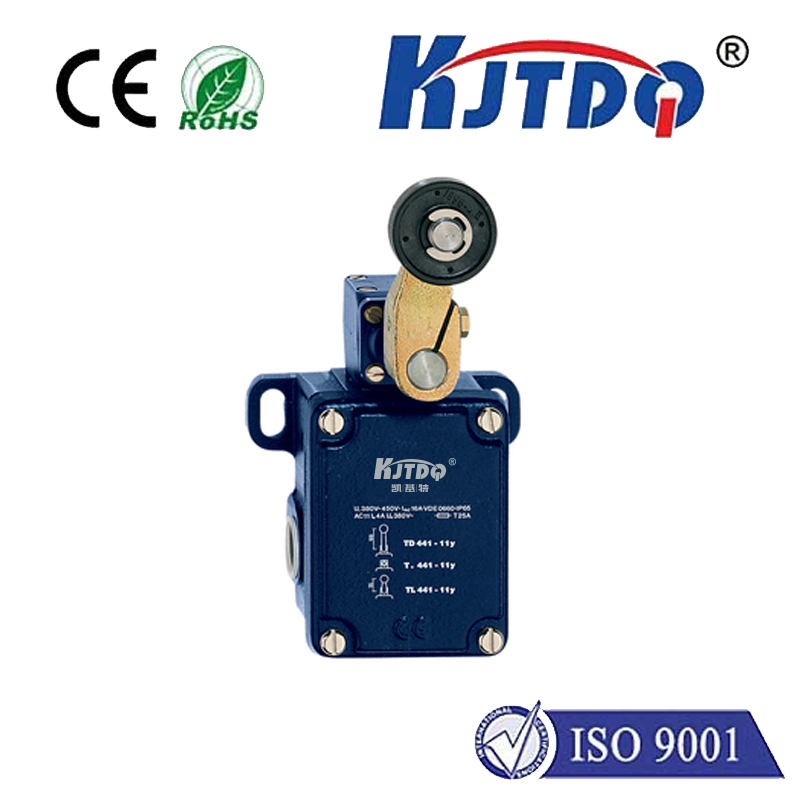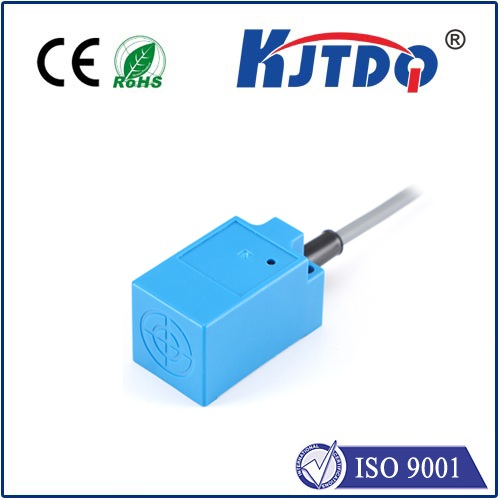cnc limit
- time:2025-08-04 12:12:24
- Click:0
CNC Machine Limits: Navigating Boundaries for Peak Manufacturing Performance
CNC machining stands as a cornerstone of modern manufacturing, enabling the creation of incredibly precise and complex parts with remarkable efficiency. Yet, beneath this technological marvel lies a fundamental truth: every CNC machine has its limits. Understanding, respecting, and intelligently navigating these “CNC limits” is not a constraint, but the key to unlocking sustainable productivity, exceptional quality, and prolonging the lifespan of your valuable equipment.
Decoding “CNC Limits”: The Invisible Boundaries
The term “CNC limit” encompasses the physical, mechanical, and operational thresholds inherent to every computer numerical control machine. These are not flaws, but inherent characteristics defining a machine’s capabilities within its design envelope. Ignoring them invites costly consequences like machine damage, scrapped parts, safety hazards, and accelerated wear. Key boundaries include:

- Power and Torque Limits: The spindle motor possesses maximum power (kW or HP) and torque (Nm or lb-ft) ratings. Attempting aggressive cuts in tough materials that demand power beyond this threshold causes the spindle to stall, overload, or potentially burn out. Optimizing feeds and speeds is crucial to stay within the machine’s horsepower curve.
- Spindle Speed Limit (RPM): The spindle rotation has an absolute maximum speed. Pushing beyond this maximum RPM risks catastrophic bearing failure, spindle imbalance, or tool shank explosion due to excessive centrifugal forces. Selecting the right tool and holder for the intended RPM range is paramount.
- Feed Rate Limits: Axes have maximum velocities (inches per minute or meters per minute) they can traverse sustainably. Exceeding these axis feed limits can cause servo motor faults, lead screw damage, ball screw whip, or loss of positional accuracy. Rapid traverse rates are typically higher than cutting feed rates but are still strictly capped.
- Axial and Radial Load Capacity: Spindles and machine structures can withstand only so much force. Applying excessive cutting forces (axial thrust or radial pressure) beyond the machine’s load capacity leads to deflection, chatter, poor surface finish, and bearing degradation. Toolpath strategies and depth of cut control directly influence these forces.
- Material Hardness & Tool Constraints: CNC machines are rated for specific material types and hardness ranges. Machining materials significantly harder than the machine’s design limit risks damaging the spindle, tool holder, or machine structure. Similarly, every cutting tool has its own limits concerning spindle speed, feed rate, and material compatibility.
- Thermal and Rigidity Limits: Continuous operation generates heat. Machines have thermal stability limits, and exceeding them causes expansion, leading to dimensional inaccuracies. Machine rigidity dictates how well it resists vibration and deflection under load – a critical factor for precision and surface quality.
Strategically Operating Within CNC Limits: Maximizing Output, Minimizing Risk
Operating safely within these boundaries doesn’t mean sacrificing performance; it means working smarter. Here’s how:
- Leverage CAM Software Capabilities: Modern Computer-Aided Manufacturing (CAM) software incorporates machine-specific limits into its toolpath generation. Setting machine definitions and applying correct tool libraries ensures generated code inherently respects spindle speeds, feed rates, axis limits, and tool load constraints.
- Optimize Feeds and Speeds: Calculating optimal feeds and speeds using reputable software, tool manufacturer data, and proven machining data handbooks is non-negotiable. This balances material removal rate against machine power, tool load, and desired surface finish. Adaptive toolpaths can maintain constant tool engagement and chip load, significantly reducing peak forces.
- Employ Tool Life Management: Push tools intelligently, not recklessly. Tool life monitoring systems (direct or indirect) and predictive algorithms help run tools near their peak efficiency limits before failure occurs, minimizing unexpected downtime and tool breakage. Dry running or light finishing passes have significantly lower load requirements than heavy roughing.
- Understand Workholding & Rigidity: A flimsy fixture creates chatter, forcing you to lower feeds and speeds dramatically to stay within vibration limits, crippling productivity. Investing in robust workholding is essential for realizing the machine’s full potential safely. Rigid Tapping cycles also require specific machine capabilities to function correctly.
- Implement Thermal Compensation: For high-precision applications or long cycle times, machine thermal compensation features can counteract thermal drift, maintaining accuracy within the machine’s volumetric positioning limits.
- Regular Maintenance: Keep your machine in peak condition. Worn bearings, loose ballscrews, or degraded lubrication increase friction and vibration, effectively lowering the machine’s practical load and speed limits. Preventative maintenance is key to preserving performance boundaries.
The Balancing Act: Safety, Efficiency, and Pushing Boundaries
Pushing the boundaries of CNC machining is an ongoing pursuit. However, pushing “limits” should be a deliberate, informed process, not a gamble. This involves:
- Progressive Testing: Increasing feeds, speeds, or depths of cut incrementally while meticulously monitoring machine loads, vibration, sound, and part quality. Data acquisition systems are invaluable here.
- Advanced Tooling: Utilizing modern tool geometries (like high-shear roughing end mills or specialized inserts), coatings, and coolant strategies can allow higher performance within existing power and rigidity constraints.
- Vibration Analysis & Damping: Identifying and mitigating chatter sources (through toolpath optimization, dynamic tool holders, or machine damping systems) allows higher metal removal rates without exceeding force limits.
- Advanced Controls: Newer CNC controls offer features like look-ahead processing, advanced servo tuning, and smoothing algorithms that allow machines to run closer to their theoretical axis limits more safely and smoothly.
Embracing Limits as Enablers
Understanding CNC machine limits is fundamental to successful machining. These are not barriers to innovation, but necessary parameters defining a safe and effective operating window. By respecting these boundaries, leveraging optimization strategies, and employing smart machining practices, manufacturers achieve the true potential of their CNC investments: reliable throughput, consistent quality, minimal downtime, and extended equipment life. Mastering the “cnc limit” transforms perceived constraints into the foundation for peak manufacturing performance. The future lies in smarter controls, deeper data analytics, and continued material science advancements that allow us to navigate and intelligently expand these boundaries further.






